When i turn
GPIO 17: high
GPIO 22: high
GPIO 27: low
or
GPIO 17: low
GPIO 22: high
GPIO 27: high
nothing happens, what have i done wrong?
I have verified that all GPIO 17, 22 and 27 work by connecting them to a Diode and a 330 ohm resistor and they light up correctly.
Also if i connect the battery directly to the motor it starts spinning as expected.
(Any idea how i can debug this, i have tried to check all connections with a multimeter without finding anything wrong)
i have tried with both a L293DNE and a chip that just says L293D.

